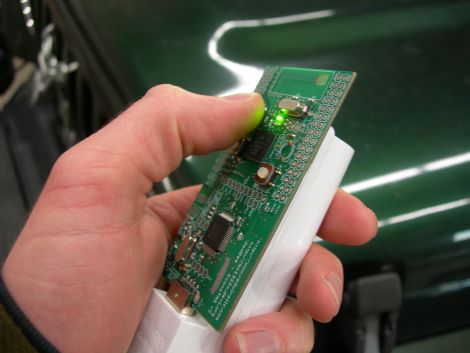
Here at Hackaday, we’re not against showing videos of gratuitous destruction just for the sake of it, though we try not to make it a habit. In this case we just couldn’t help ourselves. However, this video technically constitutes a security hack, as it does involve erasing sensitive information from CDs…
This may be the coolest CD eraser we’ve seen yet. Positioned between two high-voltage transformers, the spinning CD has its data violently stripped off in just a matter of seconds. To be fair, the data isn’t erased per se, but the metallic substrate on which the data is recorded is flaked off by the aggressive application of electricity.
Having destroyed our fair share of AOL CDs in the microwave over the years, we are now a bit sad over the fact that they were disposed of in such a lackluster fashion – if only we had one of these around!
Since we’re on the topic of mindless destruction, you might as well take a few minutes and check out this thermite-roasted Thanksgiving turkey, this self-destructing hard drive, or perhaps this thermic lance built from spaghetti.
You know, for science.
















